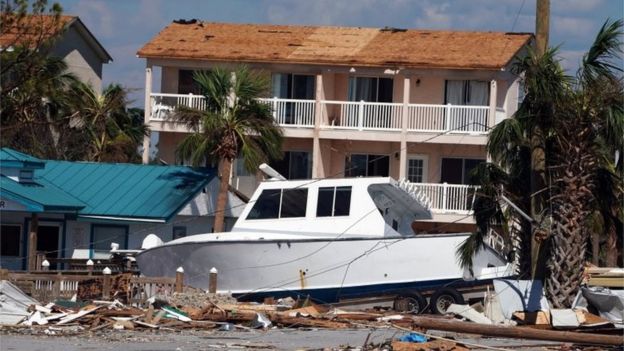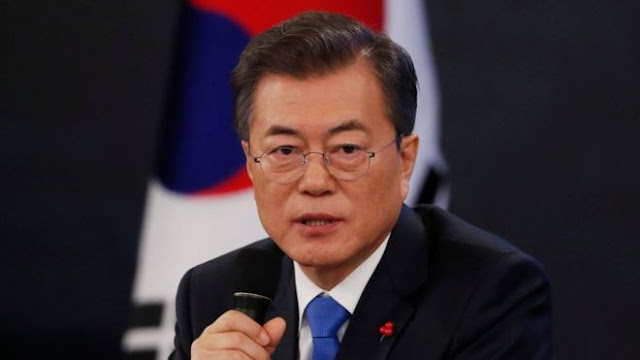(CNN)A man has been sentenced to six months in prison for punching a woman in the face in Paris when she told him to "shut up" after she said he sexually harassed her, a spokesman for the Paris prosecutor told CNN on Thursday.
The sentence also included a suspended term of six months. The man was not named by the prosecutor.
Closed-circuit TV footage that showed the moment the man hit Marie Laguerre on July 24 went viral after she shared it on her Facebook page, sparking a national discussion about the harassment women face.
Laguerre said she was walking home when a man on the street started whistling and making "very degrading and humiliating" noises at her.
"It put me in a rage and I told him to shut up," Laguerre told CNN in August. "I didn't think he'd hear me, but he did. He actually got really mad and then he threw an ashtray at me. After that, I insulted him and after that, he rushed back to punch me."
The encounter lasts a few seconds. In the video, the man can be seen walking past a cafe terrace, where he picks up an ashtray from a table and throws it in her direction. He then comes face to face with Laguerre and strikes her before swiftly walking away as witnesses stand up to confront him.
Police arrested him in August.
"I took the punch with the most pride I could, because I didn't want to show him any sign of weakness or any sign that he was actually going to put me down," Laguerre said.
After the video was posted online, Laguerre said she received hundreds of messages from women sharing their experiences with harassment, and from men who told her they hadn't realized things were so bad.
She said it "was powerful to read, because it gave me hope that now, men -- thanks to this video -- they realize it's a really bad situation when we are in the street. We don't feel safe."
Laguerre said she is grateful the attack was caught on video.
"It's helpful for the case, but more importantly, it's really raising awareness of the gravity of the situation that every woman faces.""This video shocked a lot of people, because they could actually see what could actually happen to women when she says no," Laguerre said. "They can also see that it's not about seduction, it's about domination, and it's raising awareness that we need to listen to women, because they've been talking about this issue for years."
A 2015 survey for the French Institute for Demographic Studies found that 20% of the female respondents reported receiving wolf whistles, 8% reported receiving insults and 3% reported being followed in public spaces over a span of a year. Physical violence was reported by 1.3% of women, according to the survey, which had 27,000 respondents.
In July, France's National Assembly passed a law banning sexual or sexist comments that are "degrading, humiliating, intimidating, hostile or offensive." Harassment in public could warrant hefty, on-the-spot fines from 90 euros to 750 euros ($104 to $863).
The first man to be prosecuted under the "anti-catcalling" law was given a fine of 300 euros ($345) in September for sexually assaulting a woman on a bus near Paris.












